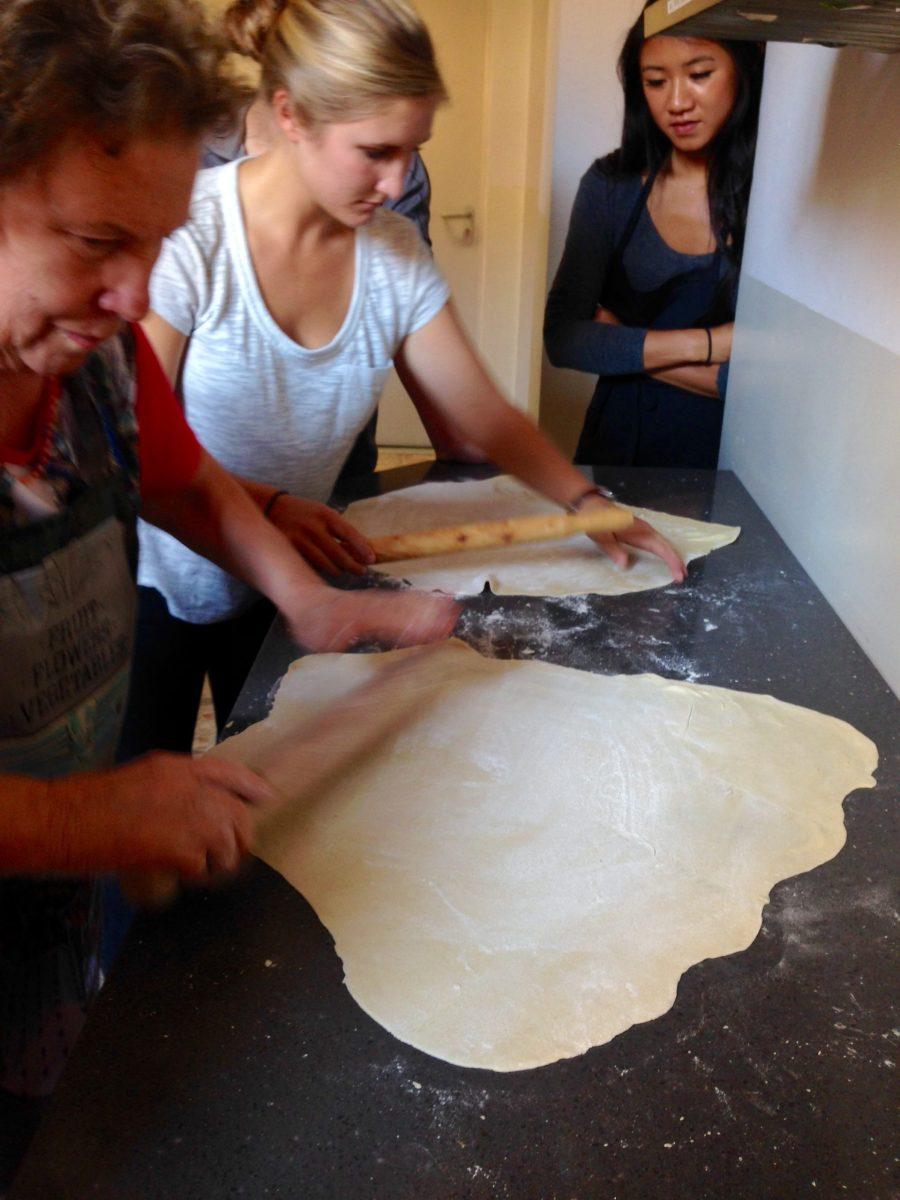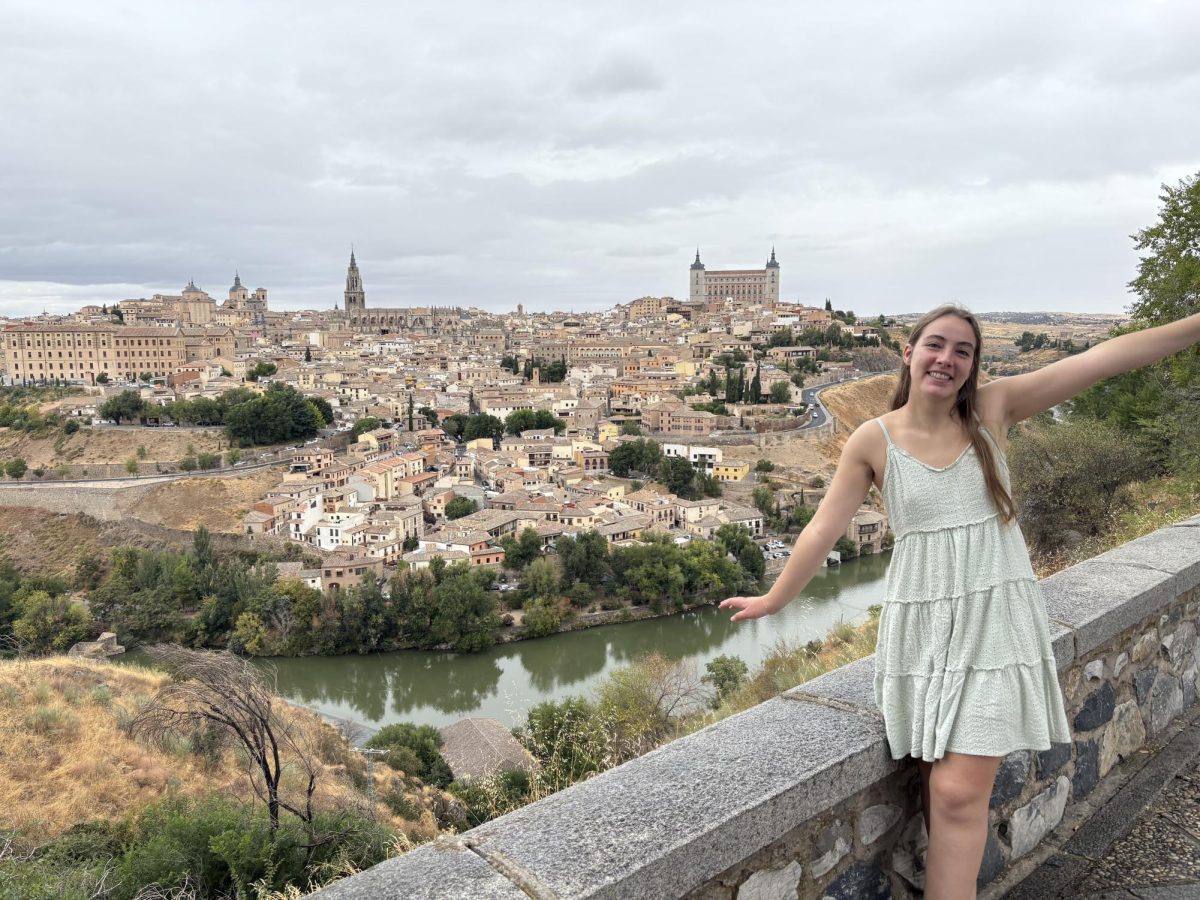A CRASH COURSE IN THE ART OF ITALIAN PASTA MAKING—
I don’t need to waste time explaining how integrated what we Americans collectively refer to as “pasta” is in the Italian culture. Here, the dish is piled onto table-long platters and served before every meal, as an appetizer or first course.
But what Americans consider to be Italian pasta is actually – surprise, surprise – far from authentic. In fact, the word “pasta” literally translates, in Italian, to the plural form of the word “paste,” or dough. Italians don’t have a word for the collective genre of carbohydrate; instead, they refer to each type by its individual name. There is spaghetti, spaghettini, spaghettoni, cappellini, bucatini, ravioli, linguine, manicotti, macaroni, penne, rigatoni…and these are just the very limited few that I can name off the top of my head.
These names are often based on the particular region from which the type originated, and each region of Italy offers a delicious style. I attended a cooking class with a charmingly stereotypically Italian Nonna, or grandmother. She taught us to make Sagne Stracciate, a fettuccine dish from her hometown in the Abruzzo region of Southern Italy. I was, admittedly, initially intimidated by the idea of making pasta from scratch.
However, the process was actually extremely simple and required a surprisingly short amount of hands-on cooking time.
So, straight from Nonna, here is how to whip up your own,homemade, authentic Abruzzese Sagne Stracciate. By the way, this recipe feeds 10. It wouldn’t be authentically Italian if it didn’t.
Preparing the raw fettuccine:
(to be done about 3-4 hours in advance)
Ingredients:
-1 kilogram of flour
-5 eggs
-Water
Pour one fifth of the flour on counter. Form a hole in the middle of the flour, and crack one egg in the divot. Add about a cup of water, then knead the mixture until it reaches uniform consistency, adding water if necessary until all flour is incorporated.
Using a rolling pin, roll out the dough until it is an extremely thin sheet, about the size of a doormat. This is the hardest part, and requires some upper body strength. After rolling out the dough to a consistent, thin layer, go to class or lunch while the dough dries out and becomes hard, like raw fettuccine normally is. Trust me, you’re going to want to wait– we cooked some fettuccine that had been rolled out that morning, and some that we had rolled out right before cooking it. You could definitely taste the difference.
Cooking the sauce:
Ingredients:
-1 clove of garlic, diced
-1 onion, sliced and roughly diced
-1 tbsp olive oil
-1 bottle + 1 jar of Ragu
Heat large pot with olive oil, sauté onion and garlic on high until translucent. Add the Ragu. Let simmer while handling the fettuccine, stirring occasionally.
Cooking the fettuccine:
This part is the most fun. Heat up a big pot of water, adding a large pinch (or two) of salt when the water begins to boil.
Then, just rip up the sheets of fettuccine, throwing them in the pot. Beware of splashing water! After the water returns to a boil, wait about two minutes for the pasta to cook until al dente. Drain the excess water. Mix the fettuccine with the sauce, and sprinkle with tons of pecorino romano (Basically, parmesan. Because everything is better with parm.)
Enjoy! And eat your entire plate, or Nonna will be personally insulted.































